Chatham Leadership:
A Presidential Timeline
The Chatham University Archives invites you to explore Chatham Leadership: A Presidential Timeline, a chronology and account of the remarkable individuals who have shaped Chatham and made it the institution it is today.
Founded in 1869 by Reverend William Trimble Beatty and supporters from the Shadyside Presbyterian Church, the Pennsylvania Female College actualized the growing sentiment of the times that women—and therefore society—benefited intellectually, socially, and morally from a liberal arts education that had commonly been limited to men.
Rather than offering courses in needlework, china painting, and English, as other women’s schools in Pittsburgh had throughout the 18th and 19th centuries, the Pennsylvania Female College offered courses in astronomy, chemistry, Greek, and other rigorous subjects that prepared women for professional careers.
Over the next 148 years, the school changed names, first to Pennsylvania College for Women then to Chatham College (now Chatham University), and welcomed generations of students, faculty, and leaders dedicated to creating a productive and conscientious society through liberal arts education. The 21st century brought the Falk School of Sustainability, Eden Hall Campus, undergraduate coeducation, and Chatham’s 16th President, Dr. David Finegold.
The Chatham University Archives and the JKM Library congratulate Dr. Finegold on his inauguration as he joins a historic lineage of Chatham leaders. We welcome the Chatham community to take a look back to the history of our school and the men and women who have served as its leader. Explore this lineage below and through materials on display in the lobby of the JKM Library.
Reverend James Black
1870 – 1875
Reverend James Black, born April 27, 1826, was selected by the Board of Trustees to be the first president of the Pennsylvania Female College. Although his work prior to his presidency had primarily been the instruction of men, his two years of teaching at the coeducational University of Iowa had shown him “that our daughters are as capable of instruction as our sons.” Noted for his stirring oratory, Reverend Black led a daily devotional every morning before classes began.
Reverend Thomas Strong
1875 – 1878
In addition to his presidential responsibilities, Reverend Thomas Strong taught classes in moral philosophy, aesthetics, literature, and history, and was considered a gifted teacher by his students. In 1876, Strong helped to establish the Alumnae Association of the college, which worked to promote the interests of the college and foster fellowship among its members.
Helen E. Pelletreau
1878 – 1881 (Acting)
1881 – 1894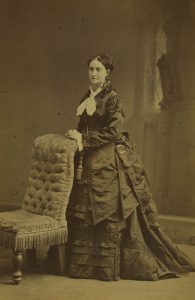
The “sweetly austere” Helen E. Pelletreau served as the third president of the Pennsylvania Female College, guiding it through a financially tumultuous period which saw drastic reductions in the salaries of all employees. Although there was doubt as to whether the college would survive, Miss Pelletreau remained committed to instilling her educational theory in a shrinking student body. Of equal importance to college scholarship, she contended, were high ideals of living, kindly thoughtfulness, and courtesy.
R. Jennie DeVore
1894 – 1900
As the Pennsylvania College for Women continued to endure financial instability, Miss R. Jennie DeVore placed her hopes in a rigorous curriculum that would position the college among the “best institutions.” Convinced that an honorable college should have a campus to match its lofty academics, Miss DeVore oversaw additions to Berry Hall and construction of the Music Hall, which became recognizable features of the campus skyline for the next fifty years.
Chalmers Martin
1900 – 1903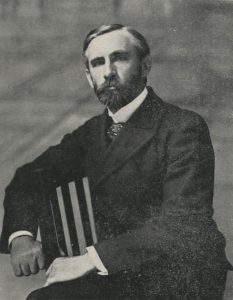
Recognizing the “free-elective” trend among institutions of higher learning, Chalmers Martin introduced a revised curriculum designating two-fifths of courses as electives. This was welcome news to students who felt that required subjects monopolized too much time and restricted intellectual exploration.
Dr. Samuel Martin
1903 – 1906
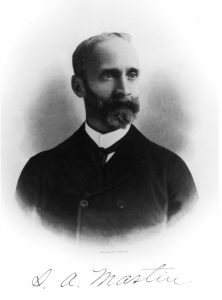
“Samuel Martin,” Hankey Center & C. Elizabeth Boyd ’33 Archives, accessed October 4, 2017, http://exhibits.wilson.edu/items/show/87.
To maintain the high educational standards established by Miss DeVore, the Pennsylvania College for Women accumulated an alarming amount of debt which, by 1904, threatened the existence of the college. Knowing student fees would be insufficient in covering ever-increasing expenditures, Dr. Samuel Martin called upon trustees, alumnae, and others who believed in the mission of the college for financial support, and was met with an overwhelming response. By January 1, 1906, the college raised $200,000, enough to eliminate the debt and establish a $120,000 endowment fund.
Dr. Henry Drennan Lindsay
1906 – 1914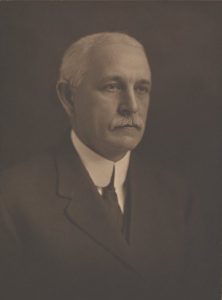
Under Dr. Henry Drennan Lindsay’s eight-year tenure as president, the Pennsylvania College for Women greatly increased the size of the student body, diversified the curriculum, and facilitated the creation and growth of on-campus arts programming. Dr. Lindsay served as president until his sudden death from pneumonia in 1914.
Dr. John Carey Acheson
1915 – 1922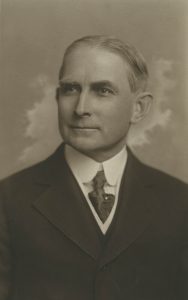
In his first year as president, Dr. John Carey Acheson sought to radically modernize the Pennsylvania College for Women, proposing that the campus move from its location on Murray Hill to the property of Ross Farms, near Aspinwall. Dr. Acheson remained committed to his plan until his resignation in 1922, but annual budget deficits and the First World War continuously stymied his vision.
Cora Helen Coolidge
1922 – 1933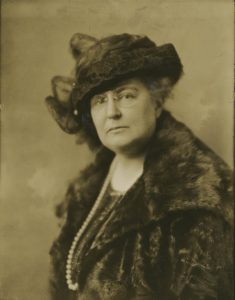
Miss Cora Helen Coolidge, a former instructor and dean at the Pennsylvania College for Women, was elected as president during a time of considerable financial difficulties. Convincing all groups of the college that an endowment of one million dollars would be necessary to ensure the survival and growth of PCW, Miss Coolidge spearheaded an intensive fundraising campaign. Although the original goal of one million dollars was not met, the profile of the college had risen appreciably.
Mary Helen Marks
1933 – 1935 (Acting)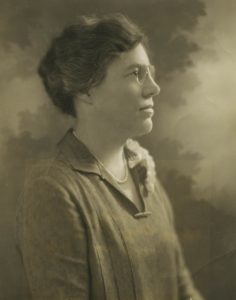
When illness forced Miss Cora Helen Coolidge to resign from her position as president in 1932, the longtime dean of the college, Miss Mary Helen Marks, was elected as acting president. The years of the Great Depression proved difficult for the Pennsylvania College for Women, but Miss Marks was commended by the editorial staff of the student-run Arrow for “efficiently and graciously” carrying out her presidential duties and for being an example of cheerfulness throughout one of the most precarious periods of the college’s existence.
Dr. Herbert Lincoln Spencer
1935 – 1945
Dr. Herbert Lincoln Spencer was esteemed by civic and educational organizations throughout the Pittsburgh area for his enthusiasm and affability, traits considered indispensable by the Board of Trustees during the challenging years of the Great Depression and World War II. To help ease the financial burden of the college, and to contribute to national defense efforts, Dr. Spencer permitted the campus to be used for the instruction of men in local defense industries and fifty non-student women employed by the Glenn Martin Bomber Plant.
Dr. Paul Russell Anderson
1945 – 1960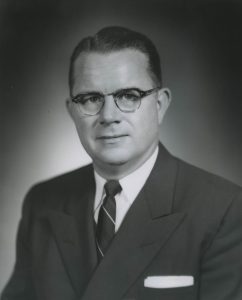
Dr. Herbert Lincoln Spencer’s handpicked successor, Dr. Paul Russell Anderson, was enthusiastically elected by the Board of Trustees to lead the reconversion to peace-time order following World War II. During Dr. Anderson’s presidency, a new and modernized curriculum was conceived and several new buildings, including Braun, Falk, and Coolidge Halls, were constructed to accommodate the growing student body.
Dr. Edward Eddy
1960 – 1977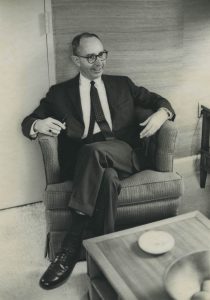
As societal tensions mounted on campuses across the United States, Dr. Edward Eddy proclaimed in the 1965 Chatham College yearbook that “A college graduate today ought to be among the most dissatisfied people in the world.” Graduates who lost a passionate desire for change, he continued, “deny all that your alma matter represents.”
Dr. Alberta Arthurs
1977 – 1982
A sluggish economy, transformative technologies, and an increasingly complex society created new opportunities for Chatham College and for Dr. Alberta Arthurs, Chatham’s 14th president. To meet these new demands, Dr. Arthurs advocated for new academic offerings and adjustments to library and technological resources that would prepare graduates for a rapidly changing decade.
Claire Guthrie Gastañaga
1982 – 1983 (Acting)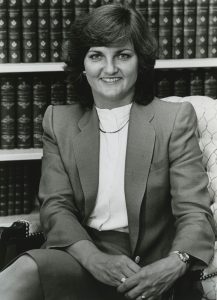
Claire Guthrie (now Guthrie Gastañaga) was appointed as acting president amid rumors that Chatham College would be closing. During this pivotal year in the college’s history, Guthrie Gastañaga oversaw the introduction of a new core curriculum that would allow career-minded students to contend in a competitive job market. Guthrie Gastañaga is now executive director of the ACLU of Virginia.
Dr. Rebecca Stafford
1983 – 1990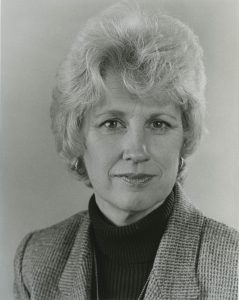
Under the leadership of Dr. Rebecca Stafford, Chatham College introduced the Information Science, Human Services Administration, and International Business majors to entice career-minded students. During this period of rapid modernization, Chatham College also implemented a more rigorous curriculum and adopted a motion to consider coeducation.
Louise Brown
1991 – 1992
A Trustee and alumna of the Class of `67, Louise Brown brought 15 years of city government experience to her interim presidency.
Dr. Esther Barazzone
1992 – 2016
Under the leadership of Dr. Esther Barazzone, our longest tenured president to date, Chatham gained university status, began admitting men as undergraduate students, and received international recognition in the field of sustainability. “Dr. B” also prioritized a multicultural education experience to prepare graduates for an economically and technologically connected world, the result of which was the creation of the Global Focus program.
Dr. David Finegold
2016 –
A renowned scholar and educational innovator, Dr. David Feingold has authored or co-authored seven books and monographs, including BioIndustry Ethics and Corporate Boards: New Strategies for Adding Value at the Top. Dr. Finegold has dedicated his career to education reform, the design of high-performance organizations, and extensive research on education and skill-creation systems around the world.
Before signing off, we couldn’t resist sharing a few extra pictures of former Chatham presidents. We’ve many more in the Chatham University Archives, so stop by to learn more about Chatham history.
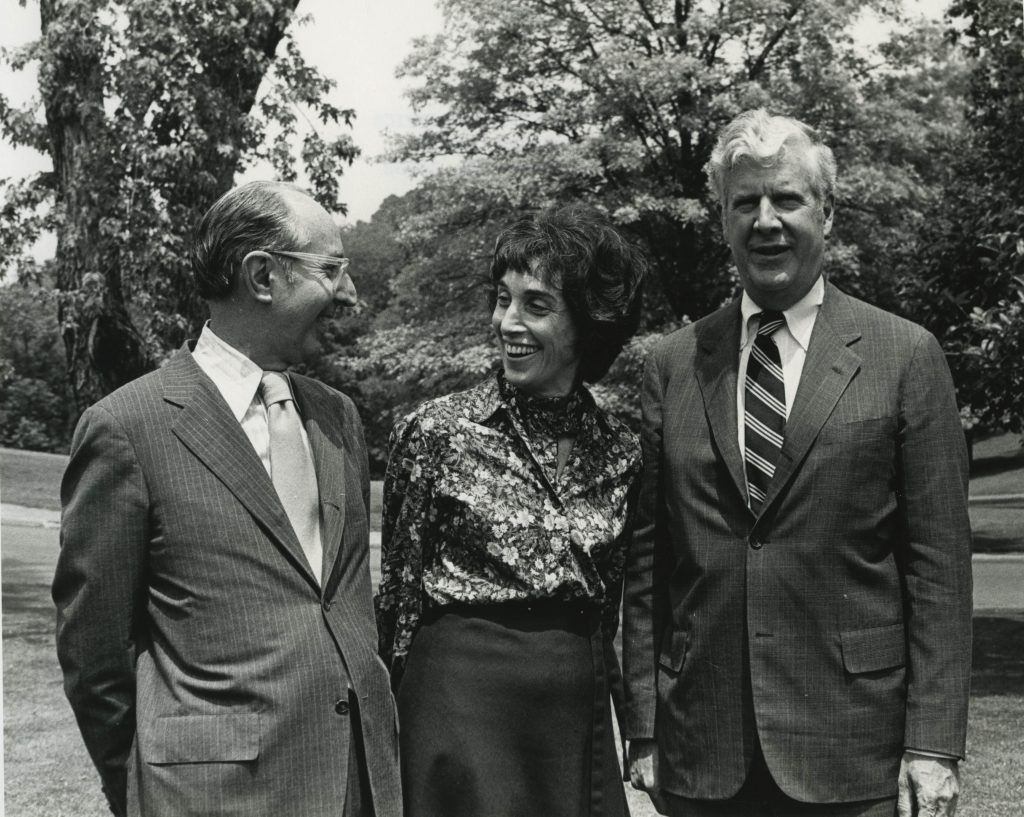
Dr. Arthurs with former president Dr. Edward Eddy (left) and Chatham College Board of Trustees member Francis Nimick (right)






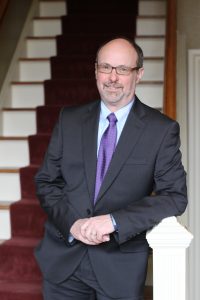
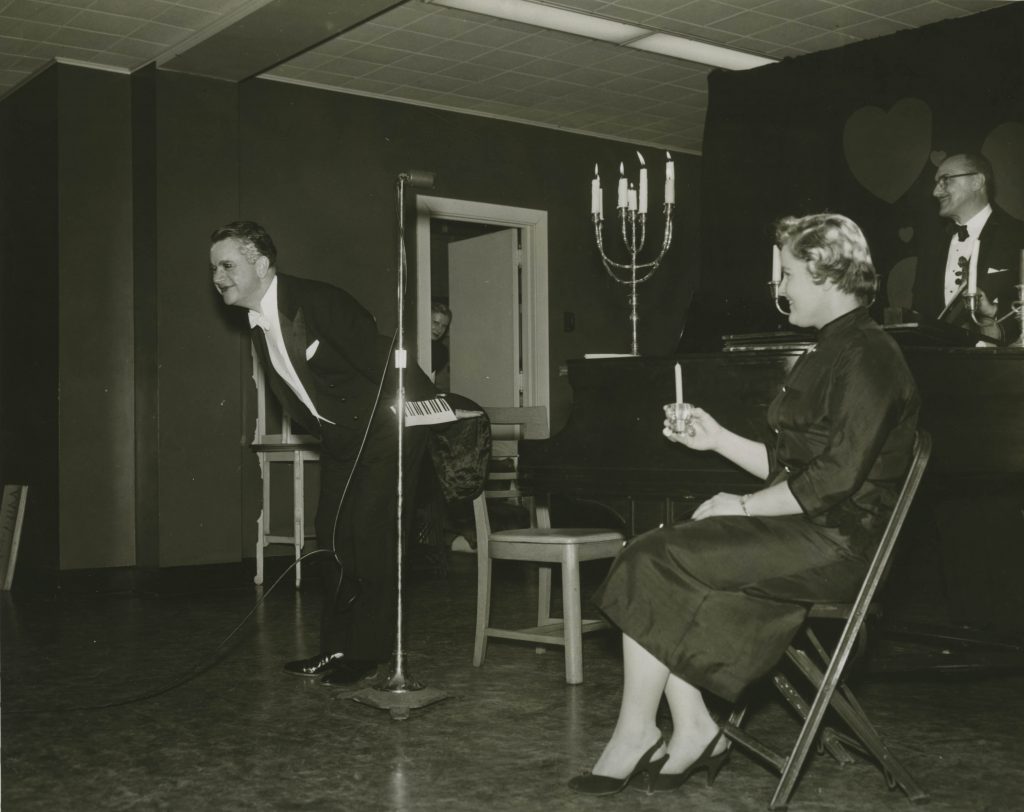

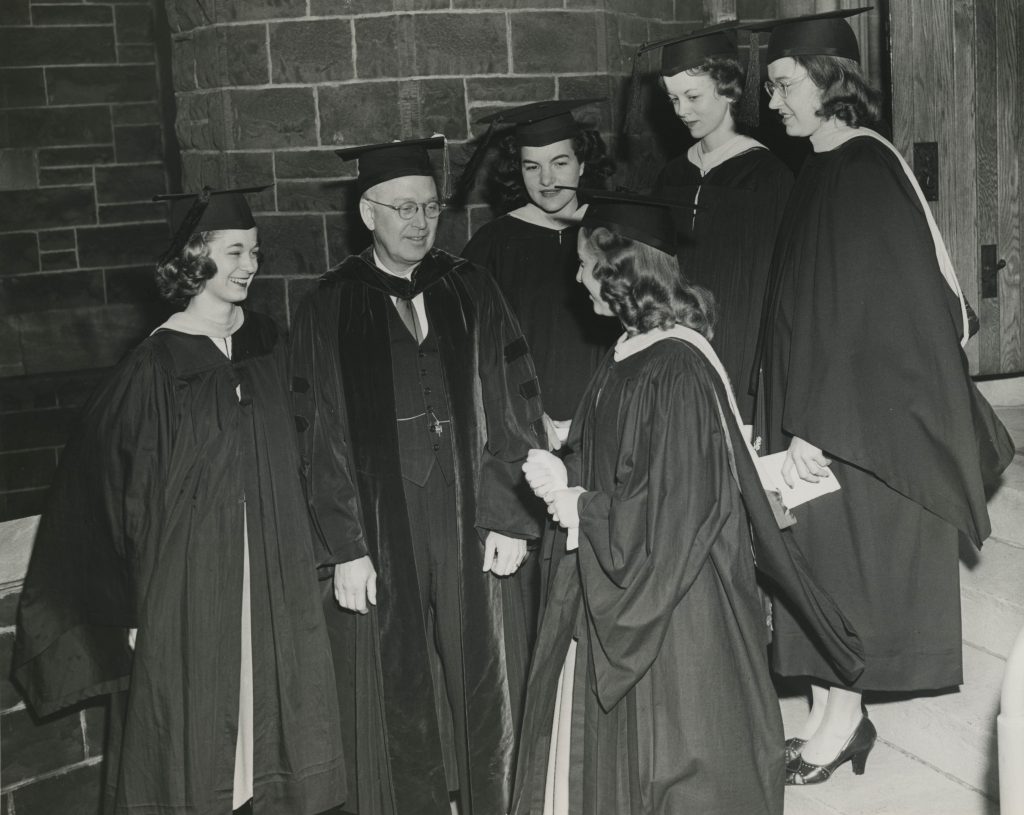

October 11, 2017 at 5:01 pm
Thank you for sharing. I don’t think I ever really knew the history of Chatham, although I was there from ’61 – ’65. I guess we were in our own little bubble.